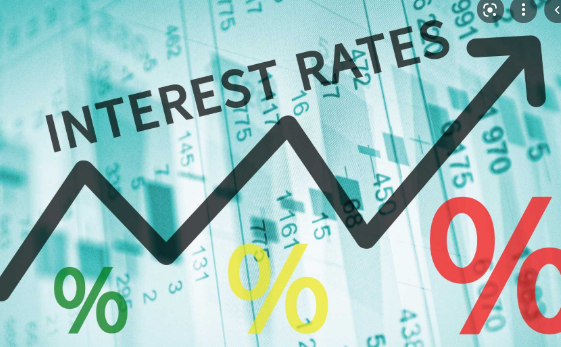The latest wages growth data released today by the Australian Bureau of Statistics shows that wages grew 0.7% in the December quarter and 2.3% over the year.
While remaining below the Reserve Bank’s desired annual wages growth of about 3% to 4%, there was some indication that perhaps wages are turning a corner as the labour market tightens, but there’s little evidence of a “wages boom”.
The RBA will not raise the cash rate until wages are higher and this probably won’t be until late 2022 or early 2023.
To date, since the pandemic recovery first began, the economy has grown more strongly and quicker than many expected, including the RBA.
The latest labour force survey shows the workforce was resilient in the face of surging COVID-19 cases through January.
Unemployment held steady at a 13-year low while the impact of the Omicron variant was felt in hours worked. Hours worked fell 8.8%, and both New South Wales and Victoria – where the impact of the virus was largest – saw the biggest declines as many were forced to take time off.
But 12,900 jobs were added last month – part-time jobs were up 30,000 while full-time jobs fell 17,000. The unemployment rate remained at 4.2%, the lowest it’s been since 2008, with labour force participation still near record highs.
This indicates that the labour market remained resistant to the impact of Omicron. In addition, the underutilisation rate, which refers to people who are either unemployed or looking for more hours of work, has fallen significantly, pointing to the potential for stronger wages growth. More





